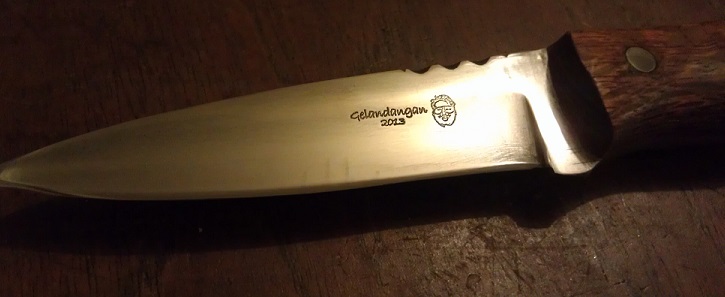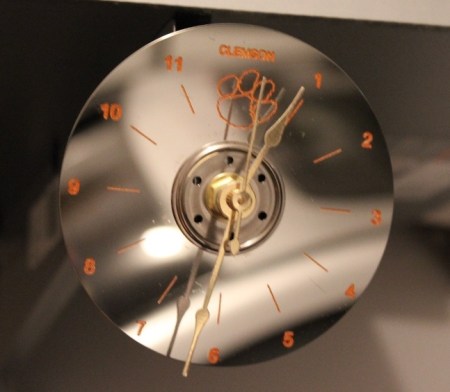Want a laser cutter, but don’t have the space for one? How about a portable machine to engrave and cut wood and plastics? A folding laser cutter solves these problems, and that’s exactly what Red Ant Lasers was showing off last weekend at Maker Faire.
Inside the team’s Origami laser cutter is a 40 Watt CO2 tube, shooting its beam along an entirely enclosed beam path. The beam travels through the body of the machine, out into the folding arm of the machine, and down to whatever material you’ve placed the Origami on. It’s a 40 Watt laser so it will cut plywood and plastics, and as shown in the video above, does a fine job at engraving plywood.
This is a Class 4 laser device operating without any safety glass, but from the short time I spent with the Red Ant team, this is a reasonably safe device. You will need safety glasses if you’re within five feet, but after that, everything (according to OSHA, I think) is safe and not dangerous. Either way, it’s a tool just like a table saw. You don’t see commentors on the Internet complaining about how a spinning metal blade is dangerous all the time, do you?
The Red Ant guys are currently running a Kickstarter for their project, with a complete unit going for $4200. It’s pricier than a lot of other lasers, but not being constrained by the size of a laser cutters enclosure does open up a few interesting possibilities. You could conceivably cut a 4×8 sheet of plywood with this thing, and exceptionally large engravings start looking easy when you have a portable laser cutter.






















